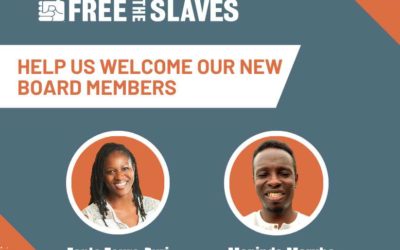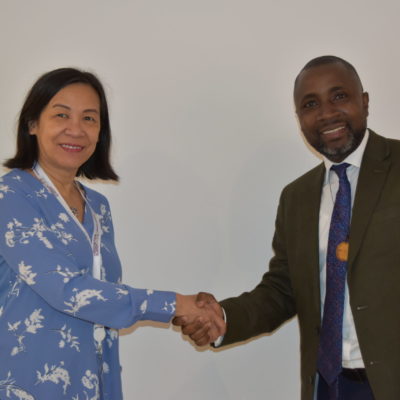The third installment of CNN’s series on debt bondage slavery in Uttar Pradesh, India is now live. Earlier pieces showed how entire families bec0me embroiled in bonded labor for generations, and depicted the efforts of NGOs like Free the Slaves to stage raids and rescues, and help bring victims to freedom.
Today’s piece shows how, through holistic anti-slavery programs, former slaves can not only become free, they can thrive, and even become leaders in their communities.
In the video above, Free the Slaves’ South Asia Director Supriya Awasthi discusses how Free the Slaves’ Free a Village Build a Movement initiative creates real, lasting change, by going beyond raids and rescues to empower survivors with knowledge of their rights, and the ability to become economically independent. The process of freeing a village, Awasthi says, “starts with opening a school in a highly prone village which is under debt bondage.”
India’s Secretary of Labor says debt bondage is not slavery. Read Free the Slaves’ response here.
Education can be the vaccine that prevents a community from falling into bondage. In an earlier CNN report, a woman enslaved in debt bondage said she was illiterate, so there was no way to know how much money she owed to her debtor. Many enslaved people did not even know that debt bondage was illegal—that they had a right to freedom.
By learning her rights, and receiving education, one former slave, Pholwati Devi, was empowered to not only break free from slavery, but to become an elected village representative. Truly inspiring. Many of the most inspiring leaders of the anti-slavery movement are former slaves who now dedicate their lives to ensuring that others can live in freedom.
See more of her story in the video above. And learn more about our Free a Village Build a Movement initiative here.



